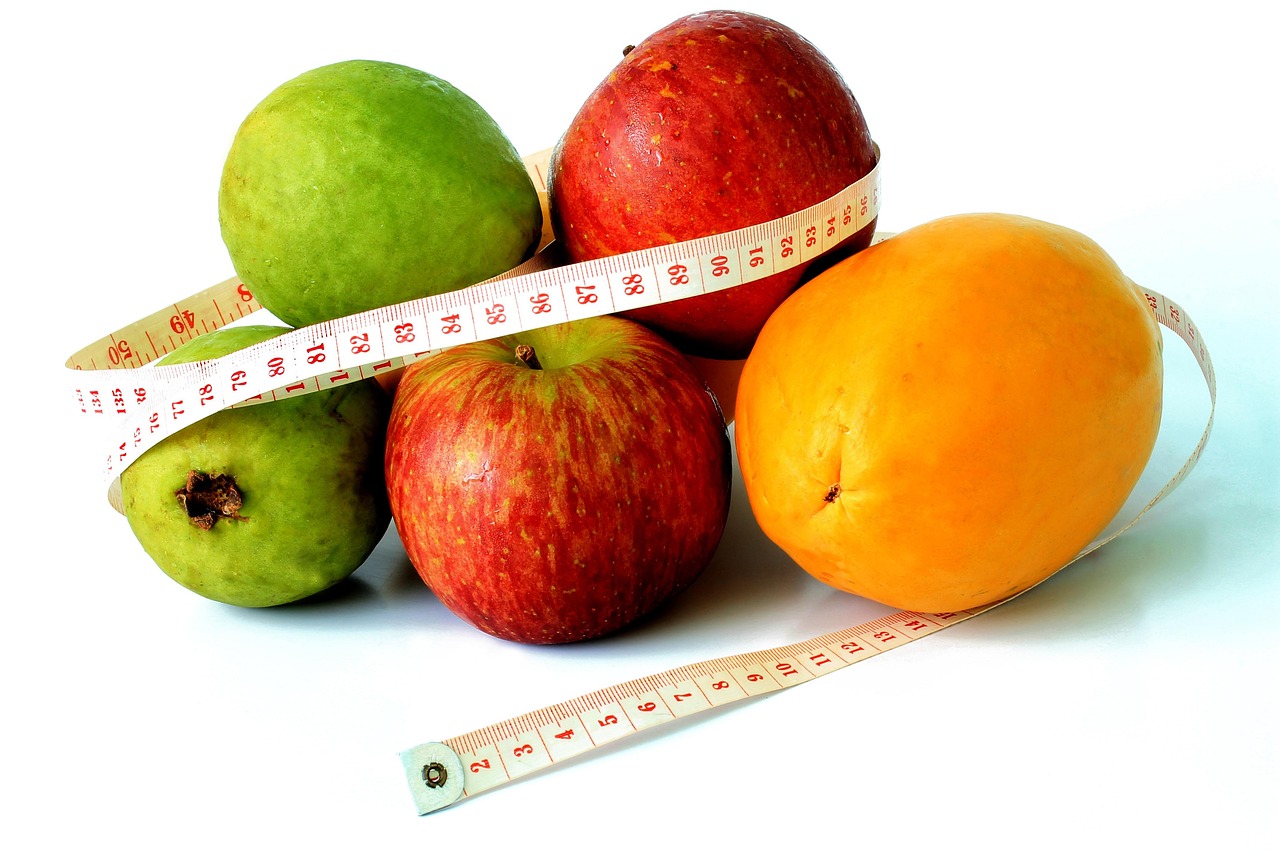Pressure Converter
Konverter Tekanan adalah perangkat atau sistem yang digunakan untuk mengubah pengukuran tekanan dari satu satuan tekanan ke satuan tekanan lainnya. Konverter ini memungkinkan konversi yang mudah dan akurat antara berbagai unit tekanan, yang penting dalam berbagai industri, termasuk teknik, manufaktur, penelitian ilmiah, dan pemantauan lingkungan. Konverter tekanan juga dapat merujuk pada perangkat yang mengubah sinyal tekanan menjadi keluaran listrik untuk tujuan pengukuran atau kontrol.
A Pressure Converter is a device or system used to convert pressure measurements from one unit of pressure to another. These converters allow for easy and accurate conversion between various pressure units, which is important in a wide range of industries, including engineering, manufacturing, scientific research, and environmental monitoring. Pressure converters can also refer to devices that convert a pressure signal into an electrical output for measurement or control purposes.
Types of Pressure Converters:
-
Unit Conversion Pressure Converter:
- This type of pressure converter simply changes the pressure value from one unit to another. For example, converting from Pascal (Pa) to bar, psi (pounds per square inch), atm (atmospheres), or other pressure units.
- Example:
- 1 atm = 101325 Pa
- 1 bar = 100000 Pa
- 1 psi = 6894.76 Pa
-
Pressure Transducer (Signal Conversion):
- A pressure transducer converts a pressure measurement into an electrical signal, such as voltage or current, which can then be read by a control system or monitoring device.
- The pressure is sensed by the transducer, and the resulting electrical signal can be calibrated to represent the pressure measurement in a standard unit.
-
Pressure Sensor with Digital Output:
- Some pressure converters are designed to directly output pressure values in a digital format. These sensors can be used to interface with automated control systems, data loggers, or display units, which can then show the pressure in various units.
-
Pneumatic Pressure Converters:
- In pneumatic systems, pressure converters are used to change the pressure within a system to meet specific requirements. They help in adjusting pressure levels for different tools or equipment in industries like manufacturing or construction.
Common Pressure Units and Their Conversions:
Pressure can be measured in several units, including:
- Pascal (Pa): The SI (International System of Units) unit of pressure.
- Bar: A metric unit of pressure, often used in meteorology and fluid mechanics.
- Atmosphere (atm): A unit used to describe atmospheric pressure at sea level.
- Pounds per Square Inch (psi): Commonly used in the U.S. and in mechanical engineering.
- Millimeters of Mercury (mmHg): Used in medicine and atmospheric pressure measurements.
- Inches of Mercury (inHg): Common in the U.S. for barometric pressure measurements.
Examples of Pressure Conversion:
-
Converting from Pascal (Pa) to Bar:
- 1 bar = 100,000 Pa
- 500,000 Pa = 5 bar
-
Converting from Pounds per Square Inch (psi) to Pascal (Pa):
- 1 psi = 6894.76 Pa
- 10 psi = 68,947.6 Pa
Applications of Pressure Converters:
-
Industrial Applications:
- In manufacturing and industrial processes, pressure converters are used to adjust or measure the pressure in various machines, pipes, and equipment. For instance, a pneumatic pressure converter could regulate the pressure supplied to a pneumatic tool.
-
Automotive Industry:
- In automotive systems, pressure converters are used to manage the pressure of various fluids, such as engine oil, transmission fluid, or brake fluid. They help ensure that systems operate at optimal pressure levels.
-
Hydraulic Systems:
- In hydraulic machinery, pressure converters ensure the correct pressure is applied in the system for effective operation of components such as pumps, cylinders, and motors.
-
Environmental Monitoring:
- Atmospheric pressure is a key parameter in weather monitoring, and pressure converters can be used to convert pressure readings in one unit (like bar) to another (like psi or atm) for analysis.
-
Medical Equipment:
- In medical equipment like blood pressure monitors, pressure is measured in units like mmHg. Pressure converters help convert readings from sensors into the correct units for display.
-
Scientific Research:
- Pressure converters are used in laboratory settings where precise pressure measurements are required, such as in experiments dealing with gases or fluid dynamics.
-
Aerospace:
- In aerospace applications, pressure converters help measure and regulate the pressure within cabins, fuel systems, and hydraulic systems.
-
Vacuum Technology:
- In vacuum systems, pressure converters help monitor and control the pressure levels in various devices and equipment to ensure proper functioning.
Working Principles of Pressure Converters:
-
Mechanical Pressure Conversion:
- Mechanical systems may use a diaphragm or piston to directly convert pressure into a mechanical force. This force is then measured or transmitted to a gauge or readout system.
-
Electromechanical Pressure Conversion:
- Pressure transducers typically work by using a sensor that changes resistance, capacitance, or inductance in response to pressure changes. This signal is then converted to an electrical output (voltage, current, or frequency) corresponding to the pressure value.
-
Digital Signal Pressure Conversion:
- Some systems use digital pressure converters where a sensor generates a digital signal corresponding to the pressure, and the signal is directly output as a numerical value in a chosen unit.
-
Membrane-Based Pressure Sensors:
- A membrane-based sensor detects the pressure exerted on a flexible membrane. The displacement of the membrane is then converted into an electrical signal, which can be calibrated to represent a specific pressure value.
Key Features of Pressure Converters:
- Accuracy: Pressure converters must be accurate to ensure that the pressure readings are reliable and valid for further processing or use.
- Wide Range of Applications: Pressure converters can be used in various industries, from industrial machinery to scientific research, to measure and control pressure.
- Scalability: Pressure converters can work with small to large pressures, depending on the type of application. Some are designed for high-pressure systems, while others are suitable for low-pressure or vacuum applications.
- Durability: Pressure converters, especially those used in industrial and outdoor environments, are built to withstand tough conditions such as extreme temperatures, humidity, or mechanical stress.
Conclusion:
A Pressure Converter is a versatile tool used to convert pressure values between different units or convert physical pressure signals into electrical outputs for measurement or control purposes. These converters are crucial in a wide variety of fields, from industrial automation to environmental monitoring, ensuring that pressure is properly measured and controlled for the safe and efficient operation of systems and equipment.
Let me know if you'd like more detailed information or examples of how pressure converters are used in specific industries!

Codebee Co., Ltd.
Development Team
Nikmati hal-hal kecil dalam hidup. Untuk suatu hari, Anda mungkin melihat ke belakang dan menyadari bahwa itu adalah hal yang besar. Banyak kegagalan hidup yang disebabkan oleh orang-orang yang tidak menyadari betapa dekatnya mereka dengan kesuksesan ketika mereka menyerah.












